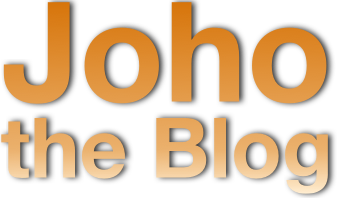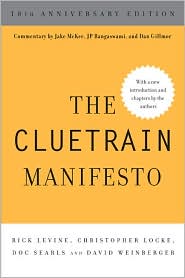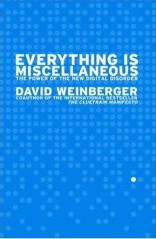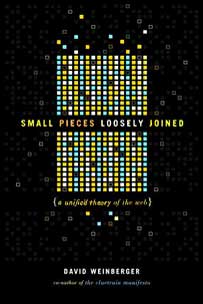November 18, 2019
The inefficiency of order. The efficiency (and beauty) of chaos
In “The Efficiency-Destroying Magic of Tidying Up“, Florent Crivello (twitter: @Altimor) has written a clear, convincing, and compact critique of the assumption that efficient organization is tidy, neat, and rectilinear. “[E]fficiency tends to look messy, and good looks tend to be inefficient.”
This is because complex systems — like laws, cities, or corporate processes — are the products of a thousand factors, each pulling in a different direction. And even if each factor is tidy taken separately, things quickly get messy when they all merge together
He applies this to management organization, the tool sets used by collaborators, city planning, science fiction visions of the future, parenting, and pizzas.
Not to mention that in one brief, beautiful essay he unites the themes of two of my books: Everything Is Miscellaneous and my new Everyday Chaos.








